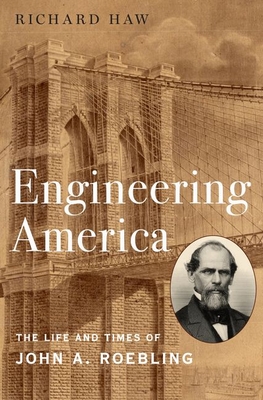Expedite your nonfiction book discovery process with Readara interviews, summaries and recommendations, Broaden your knowledge and gain insights from leading experts and scholars
In-depth, hour-long interviews with notable nonfiction authors, Gain new perspectives and ideas from the writer’s expertise and research, Valuable resource for readers and researchers
Optimize your book discovery process, Four-to eight-page summaries prepared by subject matter experts, Quickly review the book’s central messages and range of content
Books are handpicked covering a wide range of important categories and topics, Selected authors are subject experts, field professionals, or distinguished academics
Our editorial team includes books offering insights, unique views and researched-narratives in categories, Trade shows and book fairs, Book signings and in person author talks,Webinars and online events
Connect with editors and designers,Discover PR & marketing services providers, Source printers and related service providers

Engineering America: The Life and Times of John A. Roebling
Biography & Autobiography > Science & Technology
- Oxford University Press, USA
- Hardcover
- 9780190663902
- 9.3 X 6.5 X 1.9 inches
- 2.25 pounds
- Biography & Autobiography > Science & Technology
- (Single Author) Asian American
- English
Readara.com
Book Description
Like his finest creations, Roebling was held together by the delicate balance of countervailing forces. On the surface, his life was exemplary and his accomplishments legion. As an immigrant and employer, he was respected throughout the world. As an engineer, his works profoundly altered the physical landscape of America. He was a voracious reader, a fervent abolitionist, and an engaged social commentator. His understanding of the natural world, however, bordered on the occult and his opinions about medicine are best described as medieval. For a man of science and great self-certainty, he was also remarkably quick to seize on a whole host of fads and foolish trends. Yet Roebling held these strands together. Throughout his life, he believed in the moral application of science and technology, that bridges--along with other great works of connection, the Atlantic Cable, the Transcontinental Railroad--could help bring people together, erase divisions, and heal wounds. Like Walt Whitman, Roebling was deeply committed to the creation of a more perfect union, forged from the raw materials of the continent.
John Roebling was a complex, deeply divided yet undoubtedly influential figure, and this biography illuminates not only his works but also the world of nineteenth-century America. Roebling's engineering feats are well known, but the man himself is not; for alongside the drama of large scale construction lies an equally rich drama of intellectual and social development and crisis, one that mirrored and reflected the great forces, trials, and failures of nineteenth century America.
Author Bio
Richard Haw completed his Ph.D. in his hometown at the University of Leeds in the UK before permanently settling in New York in 2001. He has written on a variety of subjects--literature, history, engineering, architecture, painting, photography--and his essays have appeared in Dreams of Paradise, Visions of Apocalypse (VU, 2004), New York History , the Journal of American Studies , Seaport and others.
He is the author of The Brooklyn Bridge: A Cultural History (Rutgers University Press, 2005), Art of the Brooklyn Bridge: A Visual History (Routledge, 2008), and Engineering America: The Life and Times of John A. Roebling (Oxford University Press, 2020). He is currently at work on a book about Leon Bibel, a New York artisist from the 1930s.
At John Jay, he teaches in the Interdisciplinary Studies Program; in his spare time, he walks around Brooklyn fretting over the fortunes of Leeds United.
Source: City University of New York - John Jay College of Criminal Justice
Videos




































Community reviews
No Community reviews

